Does grey stain show up despite regular cleaning and maintenance? Have you been ripping out your hair trying to conclude what’s the cause behind this problem?
Don’t get frustrated this soon because we’re here to help you out!
So, “What causes grey stains in toilet bowl?”
Grey stains are caused by the presence of hard water. This is a result of minerals. These minerals, in turn, end up causing grey stains. However, other likely causes for grey stains are bacteria, fungus, etc. The wet conditions of the toilet bowl unfortunately are a breeding ground for them.
This was only a synopsis. In this article, we’ll go through these in-depth. So let’s not waste our time any longer and get started.
What Causes of Grey Stains in Toilet Bowl
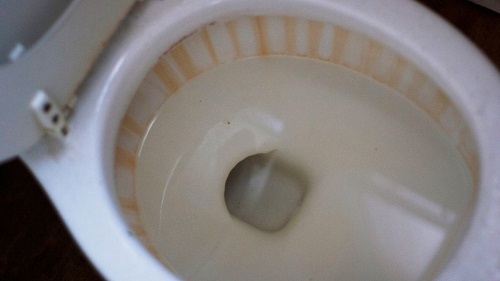
Toilet bowls get discolored for a multitude of reasons. These reasons have nothing to do with sanitary standards. Grey stains tend to form even if you maintain the toilet spotless on a regular basis.
It isn’t your fault exactly that grey stains show up in your toilet bowl. The most common causes of grey stains are hard water build-up or the use of abrasive elements in cleaning.
Toilet bowl rings are caused by a number of other circumstances too. Bacteria, hard water, calcium, mole, humidity, etc cause the grey streaks and filthy toilet bowl. Another worrisome factor that could cause your toilet water to turn grey is rust. Let’s see-
Mineral Buildup from Hard Water

Hard water comprises minerals like calcium. These minerals adhere to substances and cause irreversible grey or white-ish stains.
Calcium and magnesium appear as grey to black streaks in the bowl’s water. Iron, on the other side, produces distinct orange to red stains. The same element can also produce a brown stain on the toilet bowl’s base.
The quicker the toilet rings appear in your home, the harsher is your water. Contrary to popular belief, well water has more minerals in its water. The reason is that most individuals in cities use a water softener. It’s also fairly easy to check for hard water.
You can scrub the discoloration away, but as soon as you use harsh water, the marks will return after a while. The most practical alternative is to use a filtration system or softener.
Abrasive Cleaner
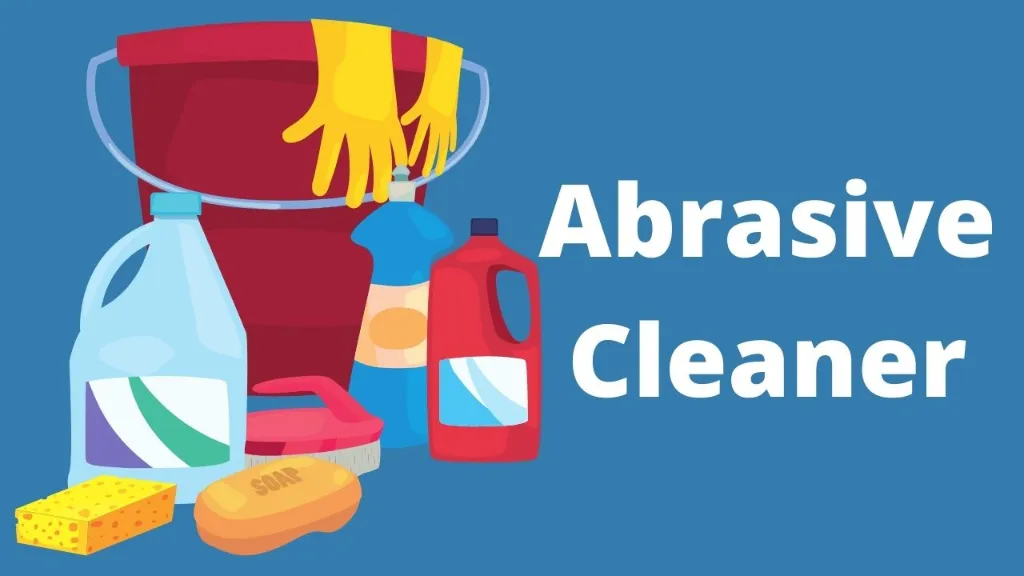
Harsh chemicals and abrasive cleaners are a common cause of grey stains. These could be the origin of the stains. It may also be why the stains can’t be removed with traditional cleaning products.
Harsh chemicals, such as bleach and chlorine should be shunned or only used when absolutely required.
Here are some of the best non-abrasive toilet bowl cleaners that you can get at a very reasonable price.
Micro-Organisms

Wet conditions are ideal for microbes. As a result, restrooms are like a second home for them. Mold, decay, and fungi are all a part of the list. This is also why it is not reasonable to allow pets to sip from the toilet.
Stagnant water in your toilet bowl is an outstanding demonstration of the environment they prefer. This is also why microorganisms enjoy gathering in the formation of a circle around your bowl. They will adhere to the toilet’s rim, making it a spherical shape.
You might have a mold problem if you detect a deep green circle around the toilet bowl. Other species of fungus and bacteria are commonly found in such dark grey rings.
If you look attentively at this ring, you will find that it’s a little hazy and uneven. This is evidence of mold growth. If you leave it alone for a fortnight, you may notice a significant increase in growth. The further you get it in this condition, the faster it will grow.
Some rings are even colorful. Whereas many people genuinely believe it is caused by iron. This may not always be the case.
Serratia marcescens (pink slime) is the bacteria responsible for the pink toilet ring. It’s another form of stain that is found in toilet bowls. These bacteria are present in bathtubs, jacuzzi, and even lavatories.
Methods to Getting Rid of Grey Stains in Toilet Bowl

There’s probably no chore as bad as cleaning grey stains in the toilet bowl. No matter how much you work they always seem to come back which adds insult to injury. And if you have stubborn mineral stains, it’s even more of a pain.
Added Precaution: Before starting with the cleaning process turn off the toilet’s access to water. Then flush the remaining water away. This will significantly reduce your headache.
Method # 1 Vinegar and Baking Soda

Vinegar and Baking Soda are two readily available ingredients that you probably have close at hand. They can be used to remove the gray stains in the toilet bowl.
Necessary Ingredients
- Vinegar
- Baking Soda
- Lemon Juice
- Scrubbing Brush
Steps
- Add a few cups of vinegar and some baking soda to the toilet bowl.
- Shake the mixture around the bowl for several minutes with your brush. Then set it aside for about 15 minutes.
- Using your brush, start scrubbing the stains.
- If the stains still don’t go away, then try adding some lemon juice.
- Restart the water, flush, and restart the cleaning if needed.
Method # 2 Bleach
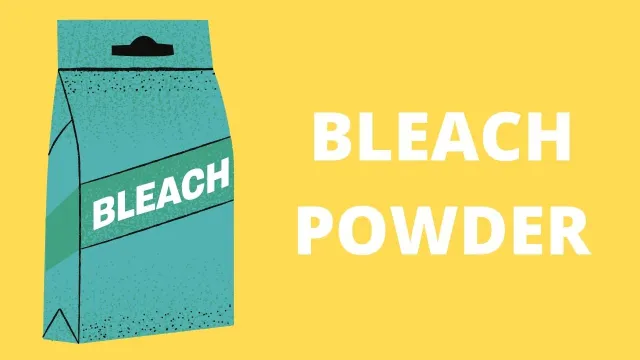
Bleach is an industrial standard cleaning agent used widely. You can use it to get rid of the most formidable stains known to man. However, you need to be a little bit careful when using it.
Necessary Components
- Bleach
- Scrub Brush
- Cloths
Steps
- Using the scrub brush, scrub the insides of the toilet to remove any exterior debris. Scrub vigorously below the rim throughout. It is where water sediments tend to accumulate. Allow the toilet bowl to refill after flushing.
- Fill up the bowl with 1/2 cup bleach. Allow the bleach to soak until you cleanse the rest of the bowl.
- In a mixing basin, combine 1 part bleach and 9 parts water. If excessive discoloration is impacting this area, soak clothes in bleach solution. Then press them up under the rim. Allow them to sit for upto 10 minutes.
- While the discolored parts inside the bowl are soaking, wipe clean the toilet seat and the exterior of the bowl with the bleach solution. Clean dry following rinse with clear water.
- Take the clothes out of the toilet bowl. Using a toilet brush, scrub the inside. The bleach will soften and eliminate the stains. To clean, flush the toilet.
Method # 3 Coca-Cola

Carbonated beverages, such as Coca-Cola, are popular worldwide due to its distinctive flavor. But they can act as a great cleaning solution too!
Steps
- Fill the toilet bowl with several liters of Coca-Cola. If there are any stains around the rim, shroud them with Coca-Cola as well.
- Then let the Coca-Cola sit for considerable hours. Allow it to sit overnight if feasible for the greatest results.
- Rinse afterward.
Method # 4 Pumice Stone

If traditional cleaning solutions are not up to the mark, take a look at pumice stones.
When utilizing a Pumice stone to clean a toilet, there aren’t too many steps to be taken. You’ll need to scrape away the bits of pumice stone. Porcelain toilet bowls are quite accommodating. You may scrub them vigorously without damaging them. They will, however, be spotless.
Haven’t used Pumice Stone before and aren’t sure which one to use? We suggest you take a look at some of this-
| Pumie Toilet Bowl Ring Remover | Check Price |
| Pumice Stone for Toilet Bowl Cleaning | Check Price |
Don’t worry about Pumice stones. It won’t damage your porcelain toilet.
The methods that we’ve discussed until now are all tried and tested. You can follow the methods to get rid of stains from toilet bowl.
How to Keep the Toilet Bowl Clean?
Going through this kind of bother to clean the stains from the toilet bowl seems unjust. Especially so if you have to do it within the next week or two.
So, you should be safer than sorry. Let’s see what you can do to keep the toilet bowl clean beforehand-
- It’s preferable to do a more thorough cleaning on a regular basis. Especially when dealing with hard water stains that can quickly accumulate.
- Spray vinegar into the toilet bowl at least once a week.
- Make a note of how your toilet looks after cleaning. If stains keep frequenting then you’re looking at a more significant issue. Our personal suggestion: have a plumber take a look at your pipes.
FAQs
Why does my toilet bowl keep staining?
They are the result of harsh water. Hard water is high in minerals, which build and become apparent inside the toilet bowl over time. These minerals can eventually build up in your pipes, clogging them and producing a toilet blockage. Calcium build-up has a rigid structure, making removing the stains even more difficult.
What causes black sediment in toilet bowl?
Water travels from tank into the bowl via a series of small holes beneath the rim. As it grows, you’ll notice what appears to be black detritus or rings inside the bowl. Because mold and mildew send small spores into the air, this can cause pulmonary difficulties in people
Can stains in the toilet bowl be removed?
The best part is that toilet bowl stains and distortion are easily removed. The most effective way to prevent mineral accumulation is to clean on a regular basis.
Conclusion
Many factors play a role in causing grey stains in toilet bowls. Cleaning them is a big hassle if you don’t follow the right methods.
We’ve covered all there’s to know about what causes grey stains in toilet bowl. We’ve done so that we could remove all your confusion regarding the issue.




![How to Remove Crystallized Urine [Explained]](https://homepander.com/wp-content/uploads/2022/02/How-To-Remove-Crystallized-Urine.jpg)

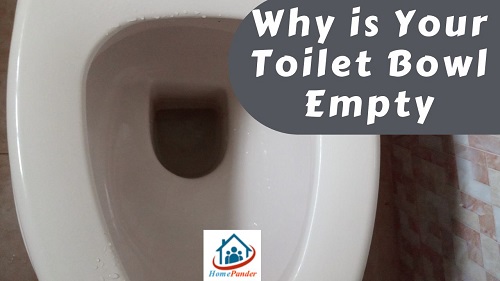

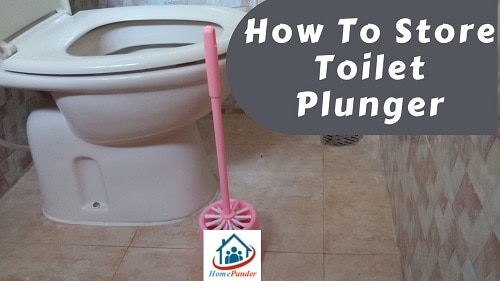
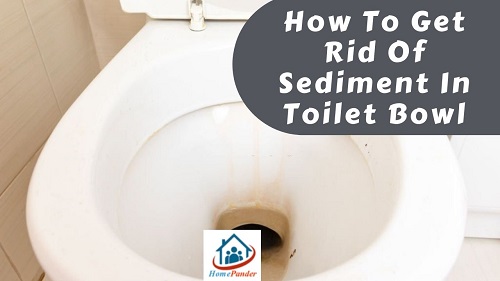
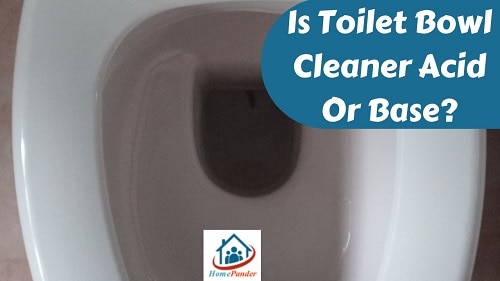
![How To Clean Dark Grout That Has Turned White [5 Easy Ways]](https://homepander.com/wp-content/uploads/2021/12/How-To-Clean-Dark-Grout-That-Has-Turned-White.webp)